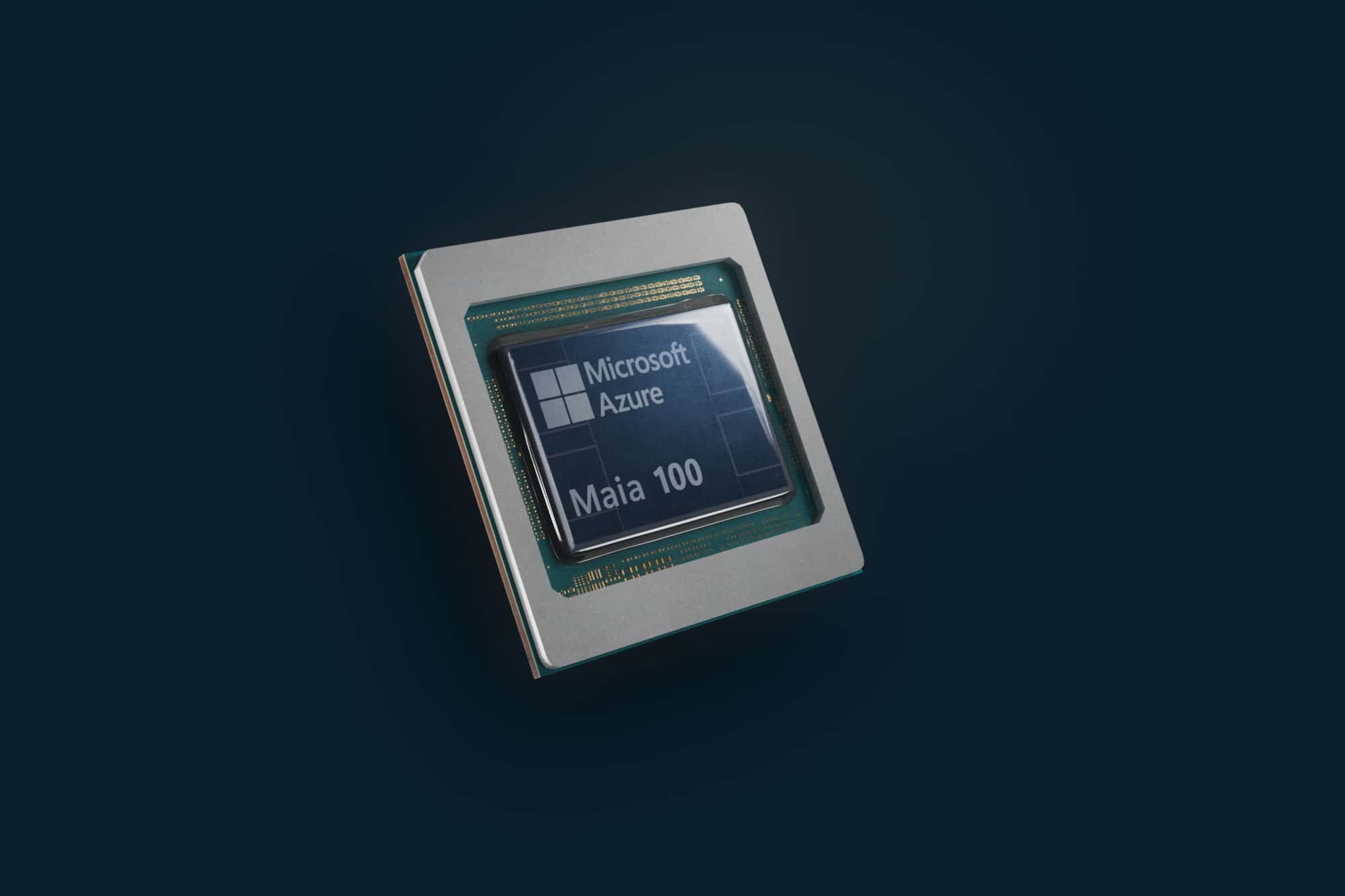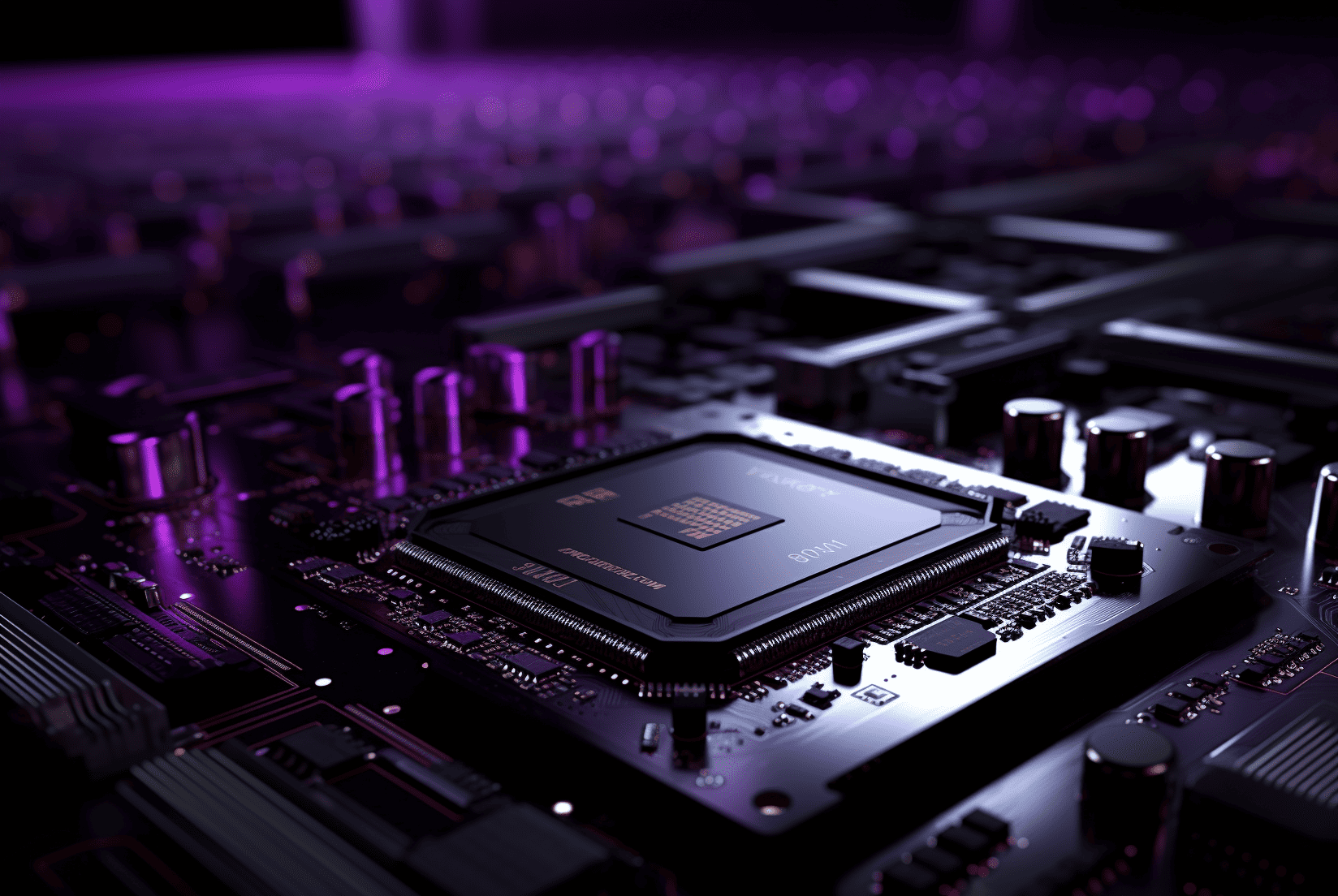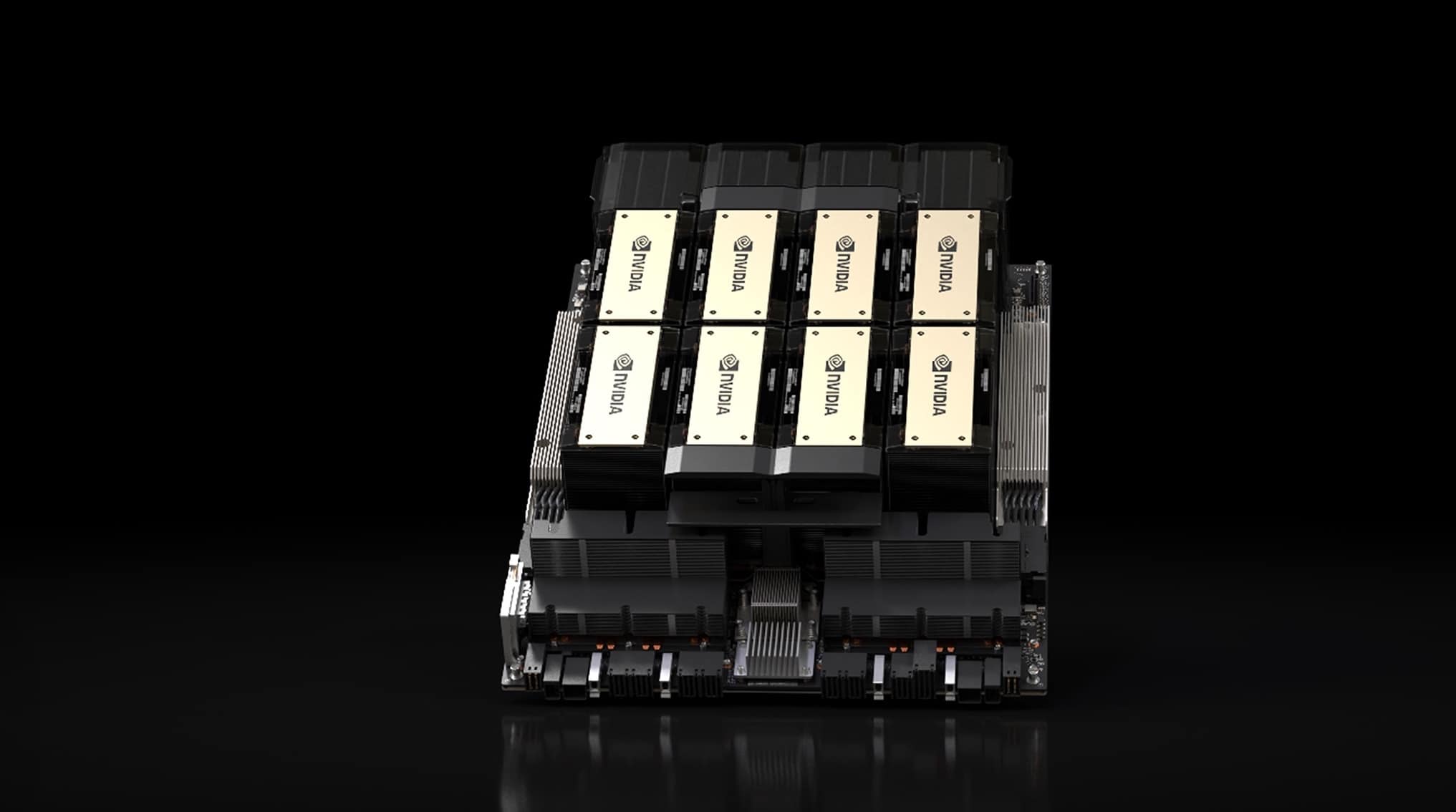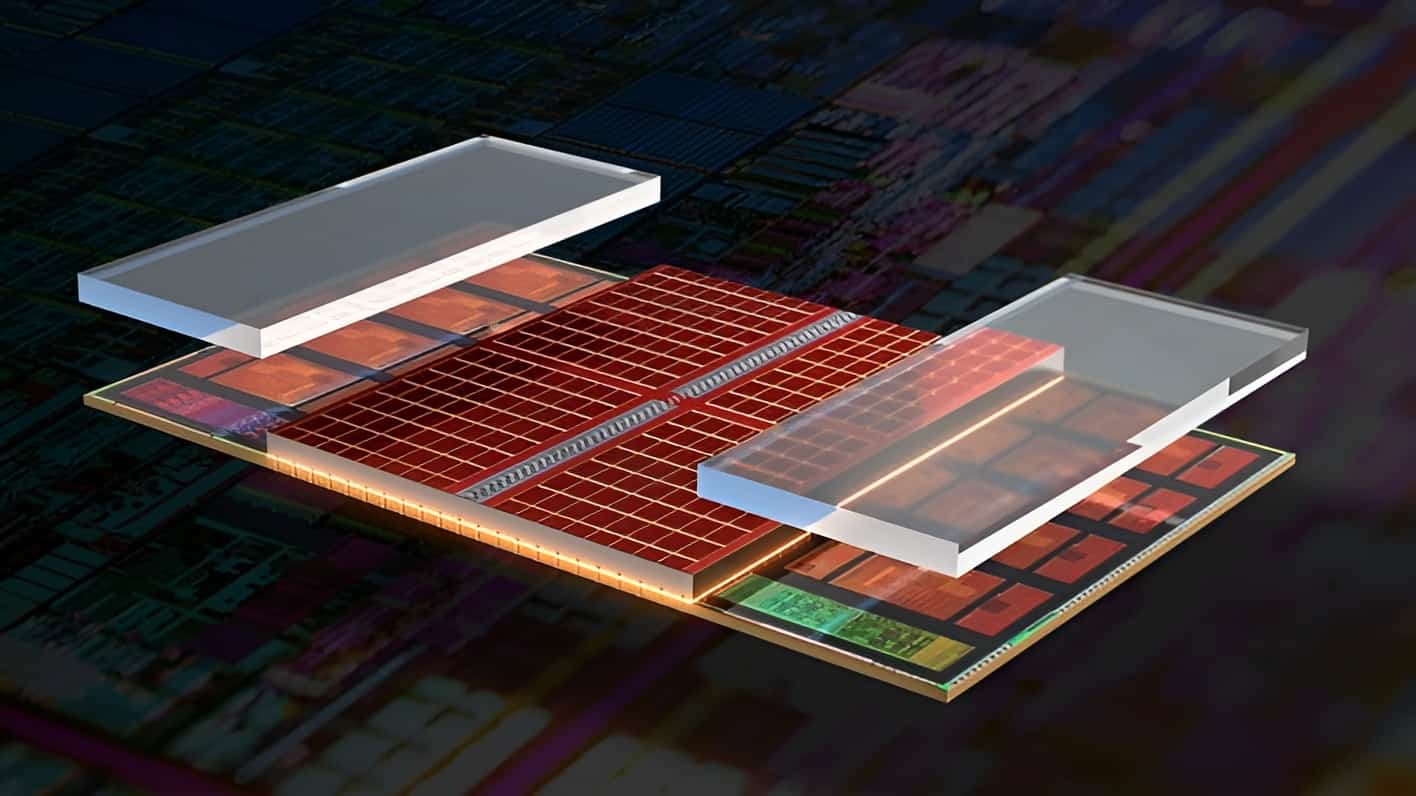
AMD is stepping up to challenge NVIDIA’s near monopoly in the AI market. Known for its GPU dominance, NVIDIA’s reign has been reinforced by its proprietary CUDA software and PyTorch’s growing popularity, with 92% of AI models being PyTorch exclusive. However, AMD is poised to disrupt the status quo by leveraging its partnership with PyTorch, and Microsoft’s backing. PyTorch’s ability to insulate users from the underlying GPU architecture and support for AMD GPUs have begun to carve a path for AMD and other vendors into NVIDIA’s stronghold. AMD’s secret weapon, the upcoming Instinct MI300A processor, is set to compete with NVIDIA’s Grace-Hopper superchip.
- AMD challenges NVIDIA’s AI dominance with Instinct MI300A and PyTorch partnership, aiming to disrupt the GPU giant’s stronghold.
- NVIDIA’s CUDA-based ‘moat’ and data center market dominance face competition as Microsoft allies with AMD for AI chips.
- The battle for AI hardware supremacy unfolds, with AMD’s strategic alliances and upcoming processors posing a significant threat to NVIDIA.
A closer look at NVIDIA’s dominance
In the realm of AI, NVIDIA’s stronghold is evident. The term ‘GPU’ is almost synonymous with NVIDIA, largely due to a carefully constructed software ‘moat’ that encircles their hardware. This ‘moat’ is built around tools like CUDA, an API created by NVIDIA that allows software developers to use a CUDA-enabled graphics processing unit (GPU) for general purpose processing. CUDA’s popularity has been bolstered by the rise of PyTorch, an open-source machine learning framework that has become a go-to for GenAI, with an overwhelming 92% of available models being PyTorch exclusive.
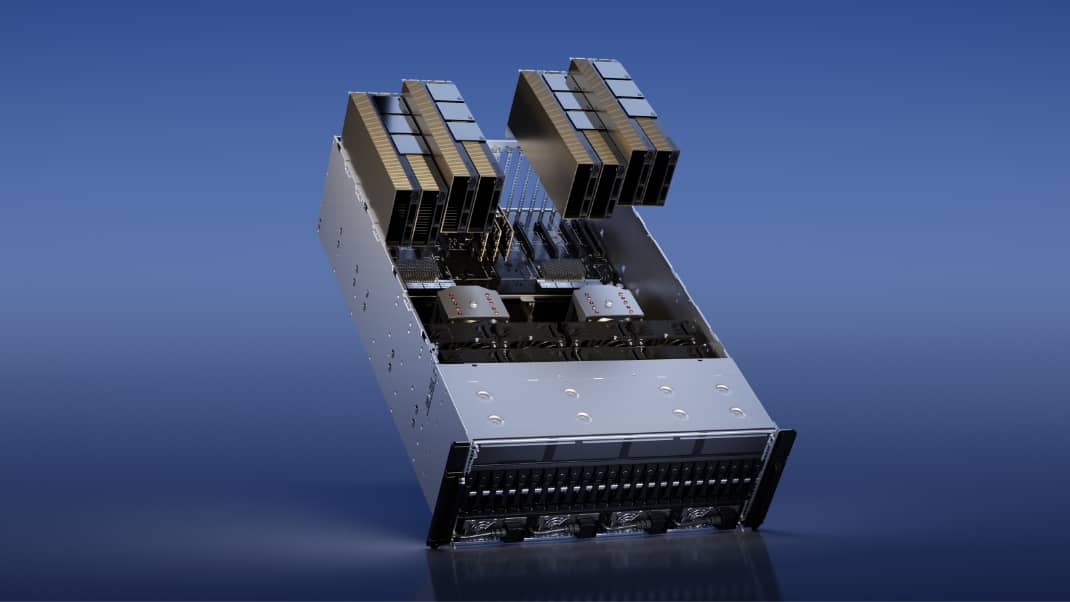
NVIDIA’s dominance is further reflected in its control of the data centre market for GPUs, with a staggering market share of over 95%. NVIDIA’s latest release, the DGX H100 system, has begun shipping worldwide, boasting 8 “Hopper H100” datacenter chips with an impressive 4,000 teraflops of computing power. These systems are being deployed across various industries, from healthcare to finance, reinforcing NVIDIA’s unparalleled influence in AI.
AMD’s ambitious leap into the AI arena
Despite NVIDIA’s seemingly unshakeable position, AMD has been quietly making strides. The company has developed a CUDA conversion tool called HIP, and their upcoming processor, the Instinct MI300A, is being poised as a strong competitor to NVIDIA’s superchip. This processor is designed for the inference market, a key task in GenAI that requires accelerated computing, and aims to establish AMD as an industry leader in inference solutions.
AMD’s efforts have been bolstered by a partnership with PyTorch and the support of tech titan Microsoft. As a founding member and governing board representative of the PyTorch Foundation, AMD has delivered updates to the ROCm open software ecosystem, providing stable support for AMD Instinct accelerators and Radeon GPUs in PyTorch. ROCm being an alternative to CUDA. This partnership has led to improved performance and scalability of AI models, allowing developers to leverage AMD GPU accelerators and the ROCm software ecosystem to build AI solutions.
Microsoft’s strategic alliance with AMD
Microsoft’s collaboration with AMD points to a strategic move to secure more AI-capable components and offer an alternative to NVIDIA’s dominance in the AI chip market. The companies are working on a homegrown Microsoft processor for AI workloads, code-named Athena, indicating a multipronged strategy to combat NVIDIA’s dominance.
Despite AMD’s GPUs not being as widely used as NVIDIA’s, Microsoft’s support and engineering resources could enhance the performance of AMD’s products in AI workloads. This collaboration could create a more competitive market for AI-accelerating hardware, potentially reducing server costs for Microsoft.
AMD’s potential to disrupt the AI landscape
With recent benchmarks suggesting that AMD’s MI250 GPU is around 80% as fast as NVIDIA’s A100, excitement is building around the potential competition between the two tech giants in the field of training Large Language Models (LLMs). The next round of competition will likely be between AMD’s upcoming MI300 and NVIDIA’s H100, where the MI300’s larger memory capacity and bandwidth may be offset by the H100’s transformer engine and potential support for more HBM.
AMD’s strategic partnerships, coupled with the architectural choices made for their upcoming processors, could potentially disrupt NVIDIA’s monopoly in the AI space. However, the AI industry is still in its early stages and winning the hardware battles in this market will depend on performance, portability, and availability.



